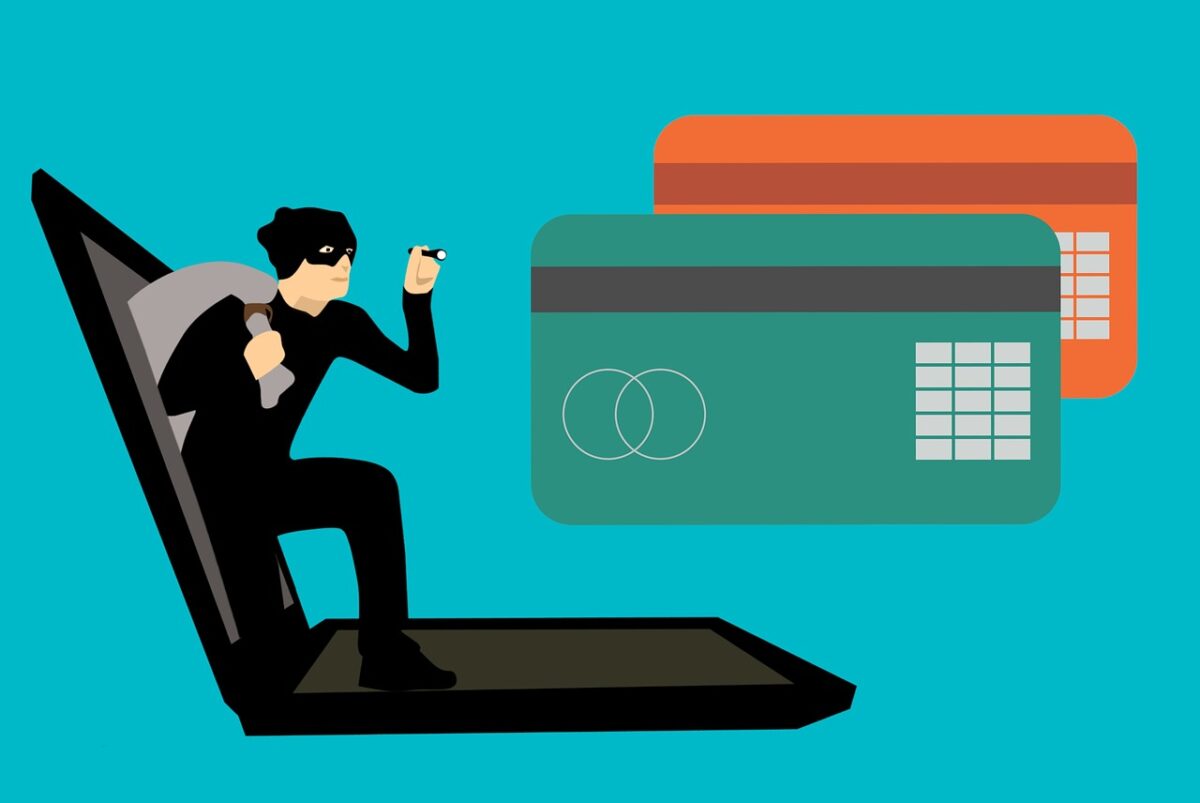Per a 2020 Cybersecurity Ventures report, by 2025, cybercrime-related expenses worldwide will hit $10.5 trillion per year.
So, nowadays, anyone using the internet is more dangerous than they likely perceive. And what is super scary is that IBM estimates that it takes a company over two hundred days to identify a breach and more than two months to contain it.
Moreover, there appears to be a dramatic shortage of cybersecurity professionals virtually everywhere, which only keeps expanding, creating additional worries that as technology develops, the number of cybercrimes will not lower but substantially increase.
Cybercrimes have been around since the 1970s, with the term hacker being coined in a 1980 issue of Psychology Today.
However, the instances of these nefarious activities only grew in scope with the emergence of the internet.
Though many of the standard computer crime practices that used to work in the 1990s and 2000s have gotten plugged, and these days, it is far more difficult for laypeople to quickly learn how to conduct illegal activities in the digital sphere, new methods have popped up.
Some have maintained to the present-day era, as they rely more on human ignorance than technological advancements.
Below, we look into the top five cybersecurity threats that plague the global online landscape and who are most vulnerable to them.
Phishing Attacks
Phishing sites used to be a massive problem in the 2000s. In short, these were fraudulent websites masquerading as legitimate ones aiming to steal people’s personal information.

Thankfully, their use in identity theft has drastically lowered, as search engines, browsers, and anti-malware software can identify most of them as malicious platforms.
Though phishing emails and text messages still present a sizeable issue when it comes to non-tech-savvy individuals, who can get easily tricked by these, as at first glance, they will appear that they originate from a trustworthy source.
Most phishing attacks aim to redirect victims to a third-party resource/platform that will steal their data, get them to provide vital personal information, or install malicious software to retire such information.
According to some estimates, this type of social engineering tactic increased by over 600% during the early onset of the COVID-19 pandemic, as they sought to exploit human vulnerabilities in dire straits like fear and curiosity.
To avoid falling prey to them, one should always check all web and email addresses carefully and be vigilant about responding to unsolicited messages.
Ransomware
The concept behind ransomware was officially first presented in 1996, at the IEEE Security & Privacy Conference, under the name crypto-viral extortion.
Nevertheless, similar software scams have gotten documented as early as 1989. According to research from SonicWall, the famous American cybersecurity company, in 2021, around 623 million ransomware attacks happened around the globe.
The scheme with these virtual assaults is that they get victims to download malware that encrypts files on their system or network, making them unreadable by its owner until he pays a ransom, usually in untraceable cryptos.
In the past, hackers would trick online gamblers into getting their ransomware by fooling them into downloading and installing mobile apps for the most popular online games.
However, most high-end gambling sites now feature mobile-compatible hubs that run smoothly on all smartphone/tablet devices, making the need for dedicated software obsolete.
Sadly, the best way to protect against ransomware is for organizations and people to back up important data regularly and update their anti-malware software. Of course, avoiding clicking links from suspicious sources is also mandatory.
Zero-Day Exploits
These are exploits that still need to be discovered to the developers or vendors of said software/hardware. That means that no fixes exist to patch these vulnerabilities.
They can get utilized by hackers to attain access to sensitive data, access systems, or do damage to networks. Once they get spotted, they can get used for spreading malware against specific individuals or organizations.
Via zero-day exploits, criminals can reverse-engineer software to discover even more exploits, or they may sell the existence of these vulnerabilities on underground marketplaces.
To protect against them, companies must subject their products and services to rigorous quality assurance testing, implement state-of-the-art firewalls and intrusion detection systems, and frequently release patches.
Software users should practice quality security hygiene by changing passwords often and being cautious in online communication.

Cross-Site Scripting
Also known as XSS attacks, cross-site scripting occurs when someone injects a malicious code, often in script form in web/mobile apps.
The villainous script then executes in the context of the victim’s browser letting attackers snag sensitive info or perform other illegal actions.
These scripts most commonly get injected into search boxes and other input web/app sections. To prevent them, developers must utilize adequate input validation and output encoding techniques, as these will guarantee that user-created content is not executed as code.
Malware
All viruses are malware, but not all malware is a virus, as this is a more general term that includes adware, trojans, ransomware, and spyware.
The latter is software designed to collect info from unsuspecting users and can be installed through multiple methods. It runs in the background, documenting a victim’s various activities.
To lower the chances of getting infected with this nuisance, people should utilize VPN and 2FA, update their anti-malware software, and be cautious when downloading anything.
FAQ
How To Protect From Ransomware?
Back up data frequently.
Is Phishing Still A Thing?
Yes, fraudulent emails through which criminals misrepresent themselves as representatives of legitimate businesses are particularly popular.
What Are XSS Attacks?
They are instances when someone injects malicious code via a script into chiefly web-based applications.
Can Anti-Malware Protect Against All Illegal Software?
No. But quality solutions will catch over 95% of trojans, spyware, adware, etc.
To Sum Up
People with little experience in the digital sphere should be alert of common social engineering ruses, and everyone should invest in reputable anti-malware products.
Aside from the threats listed, others to look out for are: distributed denial-of-service attacks, man-in-the-middle ones, and advanced persistent threats. Google them.